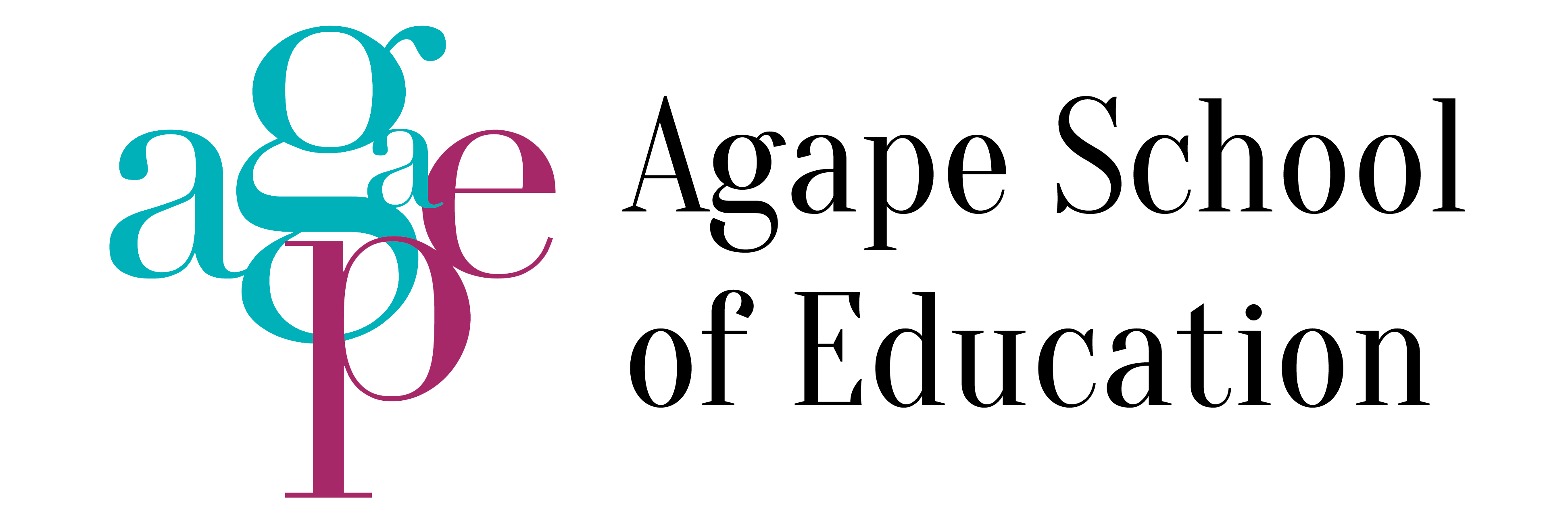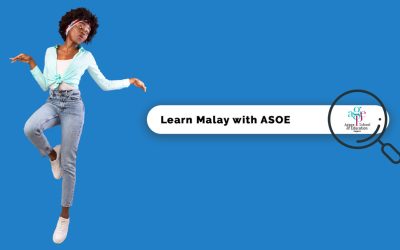Singapore’s citizens continue to be taught English and native tongue from the start of formal education in Primary school since bilingualism was made national policy in 1966. The aim was to rule with one common language and preserve the respective cultures of the ethnic majorities through their native tongues.
The country today is an English-speaking environment accessible to international markets and visitors, and home to three ethnic majorities who use their native tongues when not required, to continue cultural practice and reinforcement.
Making citizens bilingual is not simple which is why Singapore revamped its education system in 1979 when the one-size-fits-all teaching approach was found to have caused over 60% of students between 1975 and 1977 to fail the Mother Tongue paper. And the system continues till this day to receive refinements to respond to changing needs.
This rough timeline traces Singapore’s bilingual education history:
1960-1980
1960 – Bilingualism policy officially introduced
1966 – Mother Tongue becomes compulsory and examinable language in the PSLE.
1973 – Mother Tongue receives double weightage in the PSLE.
1985 – Mother Tongue double weightage in the PSLE removed.
1975 – 1977 – Over 60% of students failed the Mother Tongue paper
1979 – Singapore education system revamped as a response to the 1975 – 1977 finding
1979 – Mother Tongue becomes compulsory for pre-university and university admission
1987 – English officially designated First Language status
1990-Present
* Chinese, Behasa Malayu and Tamil become Mother Tongue
* Non-Tamil Indians choose from Bengali, Gujarati, Hindi, Punjabi and Urdu as Mother Tongue
2012 – Mother Tongue teaching revamped to emphasise on interaction skills and oral literacy
2015 – English becomes Singaporean household language
Singaporeans, though qualified bilinguals through formal schooling and assessment, have to independently maintain or improve proficiency after schooling. Like any skill used infrequently, language proficiency can be lost. This applies to Mother Tongues because modernisation and westernisation continues to make English relevant and popular in Singapore since the 1980s, rendering many generations indifferent to their cultural identities and languages. Particularly with Internet access, there seems to be no urgent need to reinforce culture, rather to take on new ones that appeal, even if arbitrarily.
It is generally accurate to say therefore that the majority of Singaporeans are at the minimal, proficient in varying degrees in English, the Mother Tongue, and a dialect perhaps.
Yet Singapore’s language situation picture is not accurate without the mention of the cultural mishmash known now to the world as Singlish, which is not multilingualism if you strictly mean equal high-level proficiency across more than two languages. Singlish, the cultural mishmash, borrows from the Chinese dialect Hokkien for the most part to tweak standard English, and pepper with borrowings from Malay and Tamil.
This is not multilingualism in its complete sense really.
The multilingual Singaporean has proficiency in other Singapore Mother Tongues through cultural exchange and interaction, and external languages such as French, German, Spanish, Korean, effectively switching between them fluently to fit the situation. So a typical multilingual Singaporean could use English on the streets, use Mother Tongue in the home with family, use other Mother Tongues in social contexts with Singaporean friends, and use external languages when specifically required to for work or even just in the corresponding cultural environment like when on vacation.
Multilingualism cannot be harder than it is if you already need to use more than two languages. Some multilinguists have their language abilities because their family is made up of more than one ethnicity and it takes more than two languages to communicate.
The Singapore situation for bilingualism will not end any time soon but at the same time there is no certainty multilingualism will grow.
Come down to Agape School of Education and pick a foreign language course that you’re interested in! With over 13 different languages to choose from, you’re spoilt for choice! If you’re a Singaporean citizen above the age of 25, you are eligible for the SkillsFuture Credit Scheme! Our Korean and German classes are claimable via SkillsFuture Credit.



0 Comments